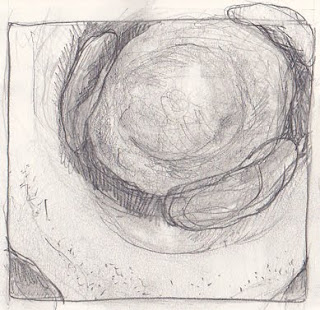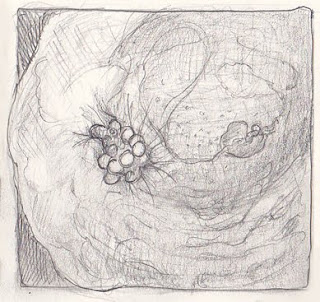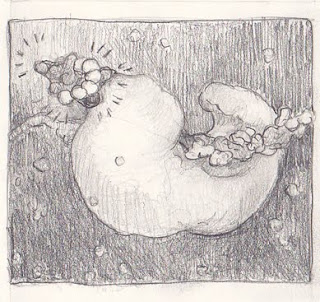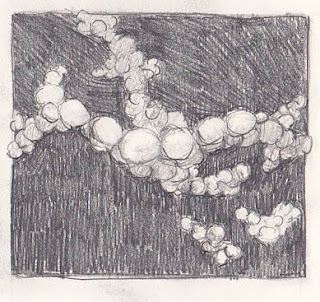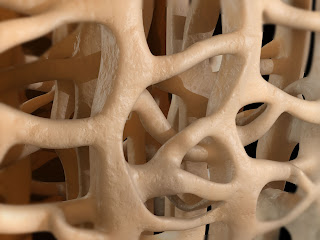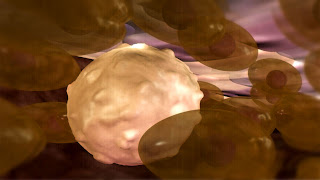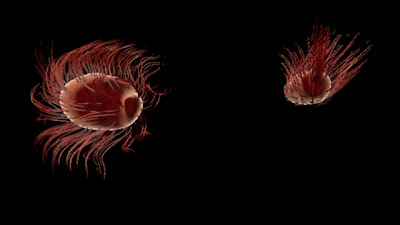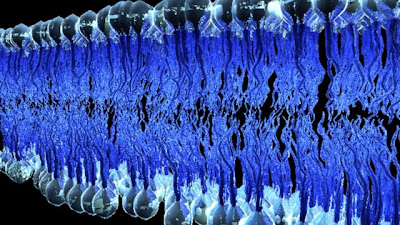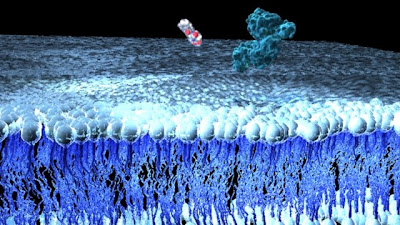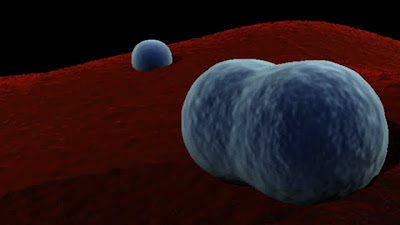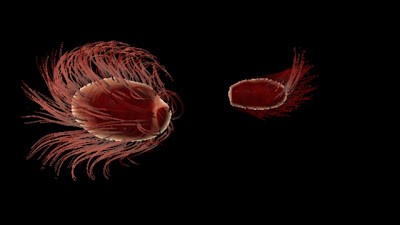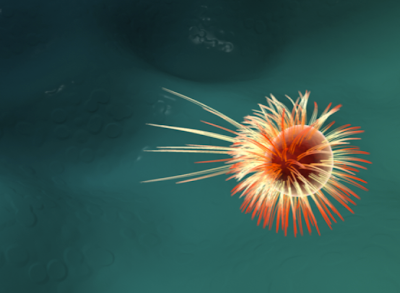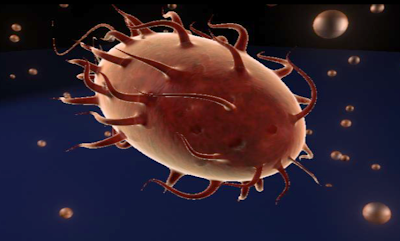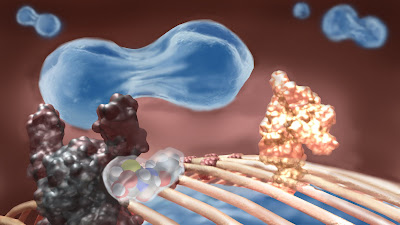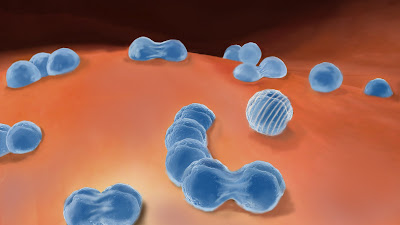Scroll down for Updates
2/15
For my final project in 3D Space II, I would like to integrate my Master’s research project with material I have and will be learning from this class. My research project is to use a skull fossil to create a digital facial reconstruction of an early Holocene male. To complete this project, I need to use a digital program which will let me sculpt facial features, use a morphing tool to age the character, rig a character’s face to show different facial expressions and create an animation for presenting.
 The fossil was discovered among the remains of two hundred human burials that occurred in the Gobero region of the Ténéré desert in Niger. These fossils date back to around 8000 B.C.E. and have given major insight into the occupants of the once fertile area, nicknamed the Green Sahara. Two distinct groups were found at the burial site, inhabitants from the early Holocene era (7700-6200 B.C.E) and mid Holocene era (5200-2500 B.C.E.), the Kiffians and Tenerians respectively. These groups were extremely different from one another, both culturally and physically (Gwin 2008). So far, only the face of the Tenerians has been reconstructed for study.
The fossil was discovered among the remains of two hundred human burials that occurred in the Gobero region of the Ténéré desert in Niger. These fossils date back to around 8000 B.C.E. and have given major insight into the occupants of the once fertile area, nicknamed the Green Sahara. Two distinct groups were found at the burial site, inhabitants from the early Holocene era (7700-6200 B.C.E) and mid Holocene era (5200-2500 B.C.E.), the Kiffians and Tenerians respectively. These groups were extremely different from one another, both culturally and physically (Gwin 2008). So far, only the face of the Tenerians has been reconstructed for study.
The Kiffians had a long and low skull, a wide nasal aperture, negligible alveolar prognathism and a distinct bump on the back of their heads. They were tall in stature, which complimented their hunter-fisher-gatherer lifestyle. Though the Kiffians were unique to the area, their facial features do correspond to the mid-Holocene "Mechtoids" from Mali and Mauritania, the Late Pleistoene Iberomaurusians and early Holocene Capsians from across the Maghreb. If I can find material on these groups, I will be using them as references for my reconstruction.
The face will be reconstructed using sculpting tools in Maya and ZBrush.


The two pictures to the left show the bony landmarks that will be used to follow the Manchester method of 3D facial reconstruction.
Using an .obj file of a male face, I will push and pull vertices to align the mesh to the yellow dots (which will be dowels) and further manipulate the mesh to match depth measurements at those points.

With my reconstruction, I have been asked to create an animation showing the face age and have different expressions. I believe that the best way to address this is to create five models (in increments of 5-8 years) in Maya and then morph them to the original (youngest) model. If there is a way to do this with displacement maps created in ZBrush, I would like to use that as well. Otherwise, I will be using texture maps from ZBrush. The mouth will be rigged but I may end up sculpting it in 3ds Max so I can use LipService from JoeAlter, Inc.

The face will be the focus of the animation. In the background, I plan to camera map a tropical jungle scene, but have it slightly blurred so that most of the attention is on the face.
 The textures and colors used for the model and animation will be realistic, including some dirt and damage from the sun.
The textures and colors used for the model and animation will be realistic, including some dirt and damage from the sun.
The lighting will reflect a sunny day- bright, vibrant and yellow-tinted. I particularly like the lighting that Viktor Deak uses in his reconstructions of early humanoids.
Currently, I am working on a 2D illustration of the Holocene era's face. It is a time-intensive task though because of measurements and confirming accuracy with my committee. I plan on posting that picture on the blog at a later date.
UPDATE 3/3
The technical phase of the facial reconstruction has been completed.
The first step in this process was to place tissue depth markers on specific bony landmarks.
These bony landmarks are a standard in forensic reconstruction and tissue depth tables are created from these locations. Tissue depth is determined by a needle being pressed into the soft tissue over these bony areas and mm measurements being recorded.

To create an accurate reconstruction, I pushed and pulled vertices of a pre-made bust to match the depth marker height. The choice of using a pre-made bust was for time concerns. The bust was downloaded from Ten24 Studios

Here is the final outcome from following the depth tissue measurements and advice from forensic reconstructionists.


The first, unsmoothed model will be imported into ZBrush to have fine details sculpted and textures painted.
While I don't have swabs of textures to show, I do have a plan for how I will create textures. I am consulting two tutorials for facial reconstruction:
Essence:The Face
Eat3D- Portrait Production: Creating a Realistic Portrait in Maya
My main areas of focus are creating skin texture, the affects of aging and the eyes.
UPDATE 4/25
Sadly, I have no been able to make as much progress with this piece as planned.
For this class, I am narrowing my goal to creating some simple facial movements and texture (skin, hair, colorize) for one age group (there will be no wrinkles/aging for this class anymore).
So far, I only have some simple facial movements. While I feel that the blink is good, I am still working on the shape of the opening and closing mouth.
I will continue working on the mouth movements, create eye movements and begin creating textures before presentations next week. Before presentations, I will continue to upload my progress, since I still have a lot of work to do and would like to post it on this blog.

